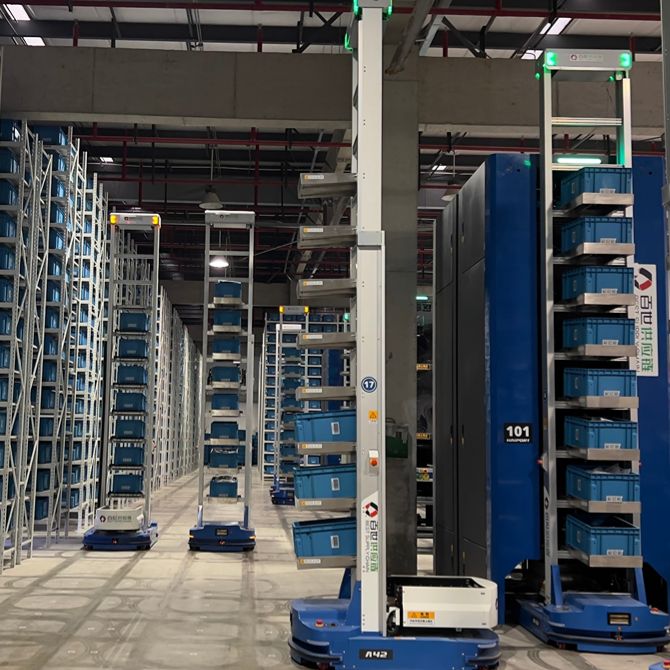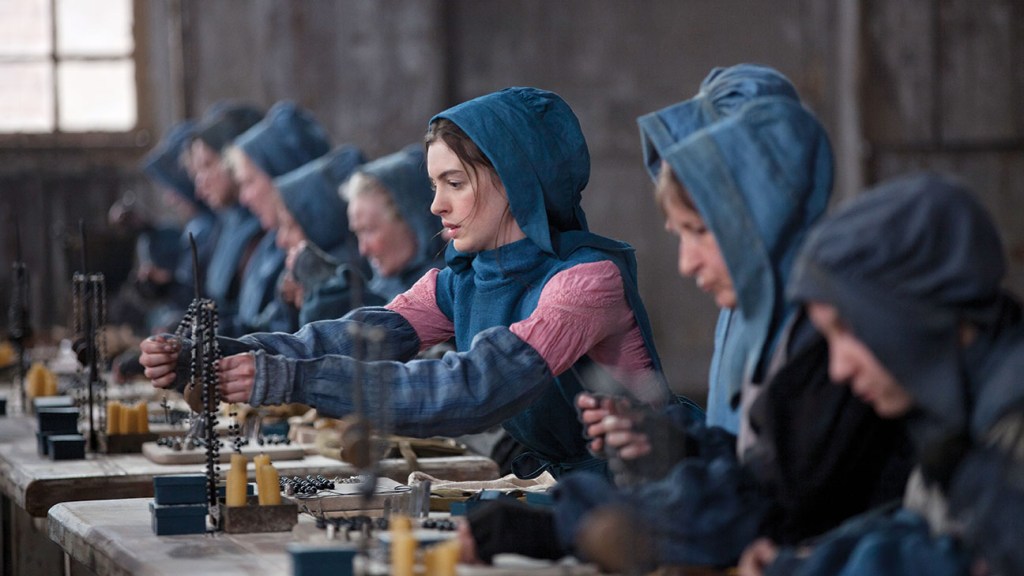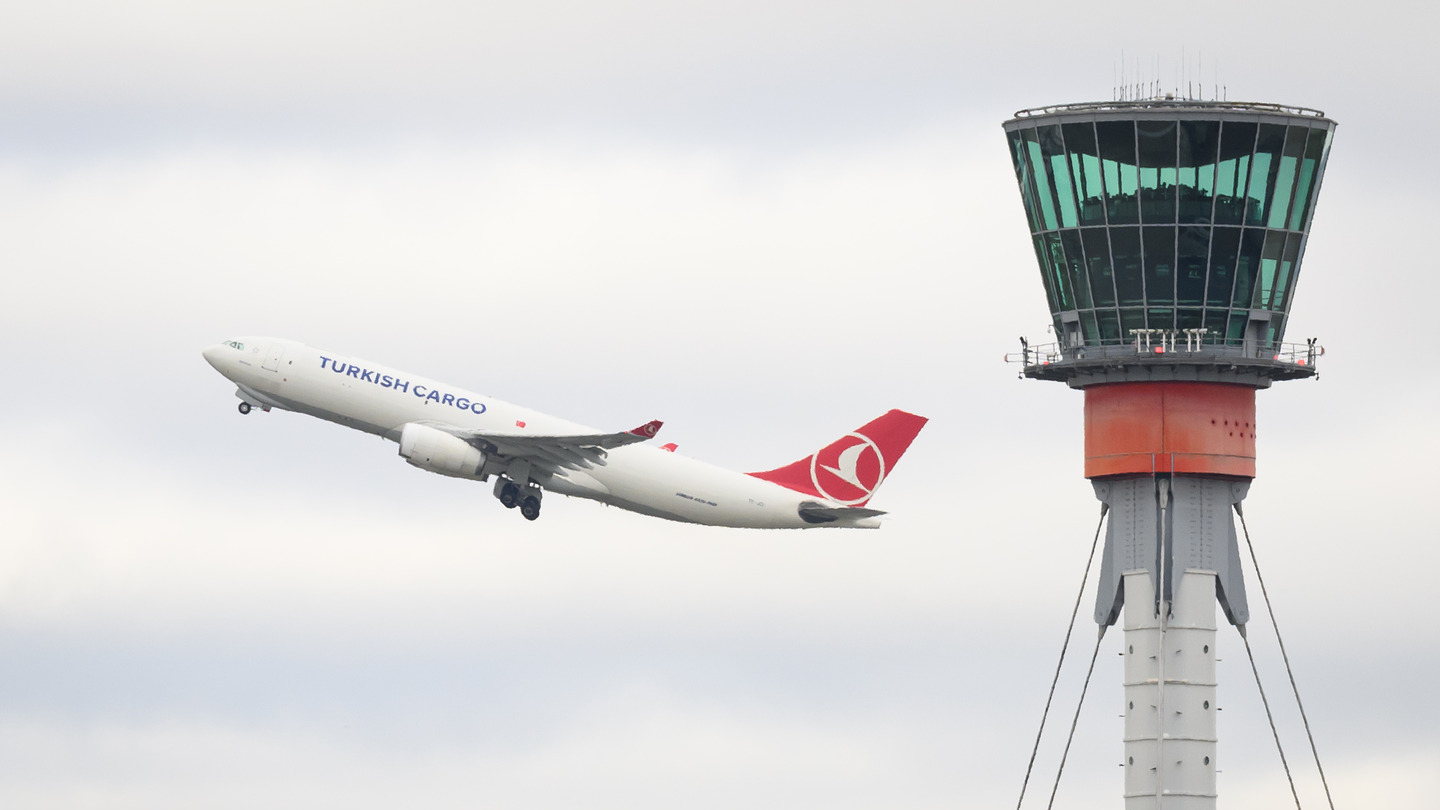Robotics In Footwear: The Hurdles To Automated Nike Production

Table of Contents
The Complexity of Footwear Manufacturing
Creating a shoe is a remarkably intricate process. It's not simply assembling parts; it involves a sophisticated sequence of steps, each presenting unique challenges for robotic automation. From the initial cutting of materials to the meticulous stitching, assembly, and finishing touches, shoemaking requires a level of dexterity and precision that currently surpasses the capabilities of most robots. Unlike simpler manufacturing processes, such as those in the automotive industry, footwear production involves:
-
Varied Materials: Shoes utilize a diverse range of materials, including leather, synthetic fabrics, textiles, and rubber. Each material requires different handling techniques, presenting a significant challenge for robots designed for uniform tasks. Adaptable robotic grippers and manipulation systems are essential but remain underdeveloped for this specific application.
-
Precise Stitching and Complex Assembly: The precise stitching and intricate assembly of shoe components demand a high level of dexterity and accuracy. Current robotic systems struggle to replicate the fine motor skills and adaptability of human hands, especially when dealing with complex 3D shapes and varied material thicknesses.
-
Quality Control: Human inspection remains crucial at every stage of the production process. While automated vision systems are improving, they still lack the nuanced judgment and problem-solving capabilities of human quality controllers, especially when identifying subtle defects.
-
Design Flexibility: Nike releases numerous designs and sizes each year. Adapting robotic systems to handle these variations quickly and cost-effectively remains a major obstacle. Reprogramming robots for each new design is time-consuming and expensive.
Technological Limitations of Current Robotics
While robotics has made significant strides, current technology still falls short of the dexterity, adaptability, and cost-effectiveness needed for widespread adoption in footwear manufacturing. The delicate nature of shoemaking necessitates robots capable of performing intricate tasks with high precision, a feat yet to be fully achieved.
-
Fine Motor Skills Replication: Replicating the fine motor skills and adaptability of human hands is a significant hurdle. Robots often lack the sensitivity and finesse needed for tasks like intricate stitching or attaching delicate components.
-
High Initial Investment Costs: The initial investment for specialized robotic systems capable of handling the complexities of shoe manufacturing is substantial. This high upfront cost can be a deterrent for many companies.
-
Material and Process Diversity: The lack of robots capable of smoothly handling the diverse materials and processes involved in shoemaking restricts wider adoption. Robots need to be versatile enough to manage leather, synthetics, and other materials with equal precision.
-
Intricate Movement Programming: Programming robots for the intricate and varied movements required in shoe assembly is a complex and time-consuming task. Current programming methods are often insufficient to achieve the level of precision and flexibility needed.
Economic and Workforce Considerations
Implementing robotics in shoe production raises significant economic and workforce considerations. The financial implications are substantial, and the potential impact on the existing workforce necessitates careful planning and adaptation.
-
High Upfront Investment: The high initial investment costs of robotic systems are a major hurdle. Companies must weigh the long-term cost savings against the significant upfront expenditure.
-
Job Displacement and Retraining: The introduction of robotics could lead to job displacement for some workers. Investing in comprehensive retraining programs to equip workers with new skills is crucial for a smooth transition.
-
Balancing Automation and Human Expertise: Finding the right balance between automation and human expertise is critical. While robots can handle many tasks efficiently, human expertise remains indispensable for quality control, design innovation, and problem-solving.
-
Impact on Manufacturing Locations and Supply Chains: The shift towards robotic automation could impact manufacturing locations and global supply chains. Companies need to strategize to minimize disruptions and optimize their production networks.
The Role of AI and Machine Learning in Overcoming Hurdles
Artificial intelligence (AI) and machine learning (ML) offer promising avenues to address some of the limitations of current robotic systems. These technologies can significantly enhance robotic dexterity, adaptability, and efficiency in footwear manufacturing.
-
AI-Powered Vision Systems: AI-powered vision systems can significantly improve quality control by automatically identifying defects and inconsistencies. This can reduce the reliance on human inspectors.
-
Machine Learning for Movement Optimization: Machine learning algorithms can optimize robotic movements, improving precision and speed. This can lead to higher production rates and reduced waste.
-
Adaptive Robotic Systems: AI can enable the development of adaptive robotic systems capable of handling variations in materials and designs without requiring extensive reprogramming.
-
Collaborative Robots (Cobots): Cobots, designed to work alongside human workers, can improve efficiency and safety by handling repetitive or dangerous tasks, while humans focus on complex and creative aspects.
The Future of Robotics in Footwear Manufacturing at Nike
Implementing widespread robotic automation in Nike's footwear production faces significant challenges, including the complexity of shoemaking, technological limitations of current robots, and economic and workforce considerations. However, the potential of AI and machine learning to overcome these hurdles is substantial. Continued innovation and development in robotics in footwear are crucial to achieving fully automated production. Further research into adaptive robotics, AI-powered vision systems, and cobots is essential. Exploring case studies of successful robotic implementations in related industries, such as precision manufacturing or textile production, can provide valuable insights and accelerate progress. The future of footwear manufacturing relies on the continued advancement and application of robotics in footwear, creating a more efficient and potentially less expensive process for the industry.

Featured Posts
-
 Confirmation Of Pope Francis Death At 88 Years Old
Apr 22, 2025
Confirmation Of Pope Francis Death At 88 Years Old
Apr 22, 2025 -
 Saudi Aramco And Byd A Strategic Alliance For Electric Vehicle Innovation
Apr 22, 2025
Saudi Aramco And Byd A Strategic Alliance For Electric Vehicle Innovation
Apr 22, 2025 -
 The Impact Of A Security Gap At Fsu Student Safety Fears And Police Response Time
Apr 22, 2025
The Impact Of A Security Gap At Fsu Student Safety Fears And Police Response Time
Apr 22, 2025 -
 January 6th Hearing Witness Cassidy Hutchinson To Publish Memoir This Fall
Apr 22, 2025
January 6th Hearing Witness Cassidy Hutchinson To Publish Memoir This Fall
Apr 22, 2025 -
 Nintendos Action Leads To Ryujinx Emulator Development Cessation
Apr 22, 2025
Nintendos Action Leads To Ryujinx Emulator Development Cessation
Apr 22, 2025
Latest Posts
-
 Expected Announcement Trumps Trade Deal With The Uk
May 10, 2025
Expected Announcement Trumps Trade Deal With The Uk
May 10, 2025 -
 Increased Danish Influence In Greenland A Consequence Of Trumps Actions
May 10, 2025
Increased Danish Influence In Greenland A Consequence Of Trumps Actions
May 10, 2025 -
 Les Miserables Cast Considers Boycott Over Trumps Kennedy Center Appearance
May 10, 2025
Les Miserables Cast Considers Boycott Over Trumps Kennedy Center Appearance
May 10, 2025 -
 Incredibly Dangerous Internal Warnings Before Newark Air Traffic Control Outage
May 10, 2025
Incredibly Dangerous Internal Warnings Before Newark Air Traffic Control Outage
May 10, 2025 -
 Trumps Greenland Gambit A Closer Look At Denmarks Role
May 10, 2025
Trumps Greenland Gambit A Closer Look At Denmarks Role
May 10, 2025
